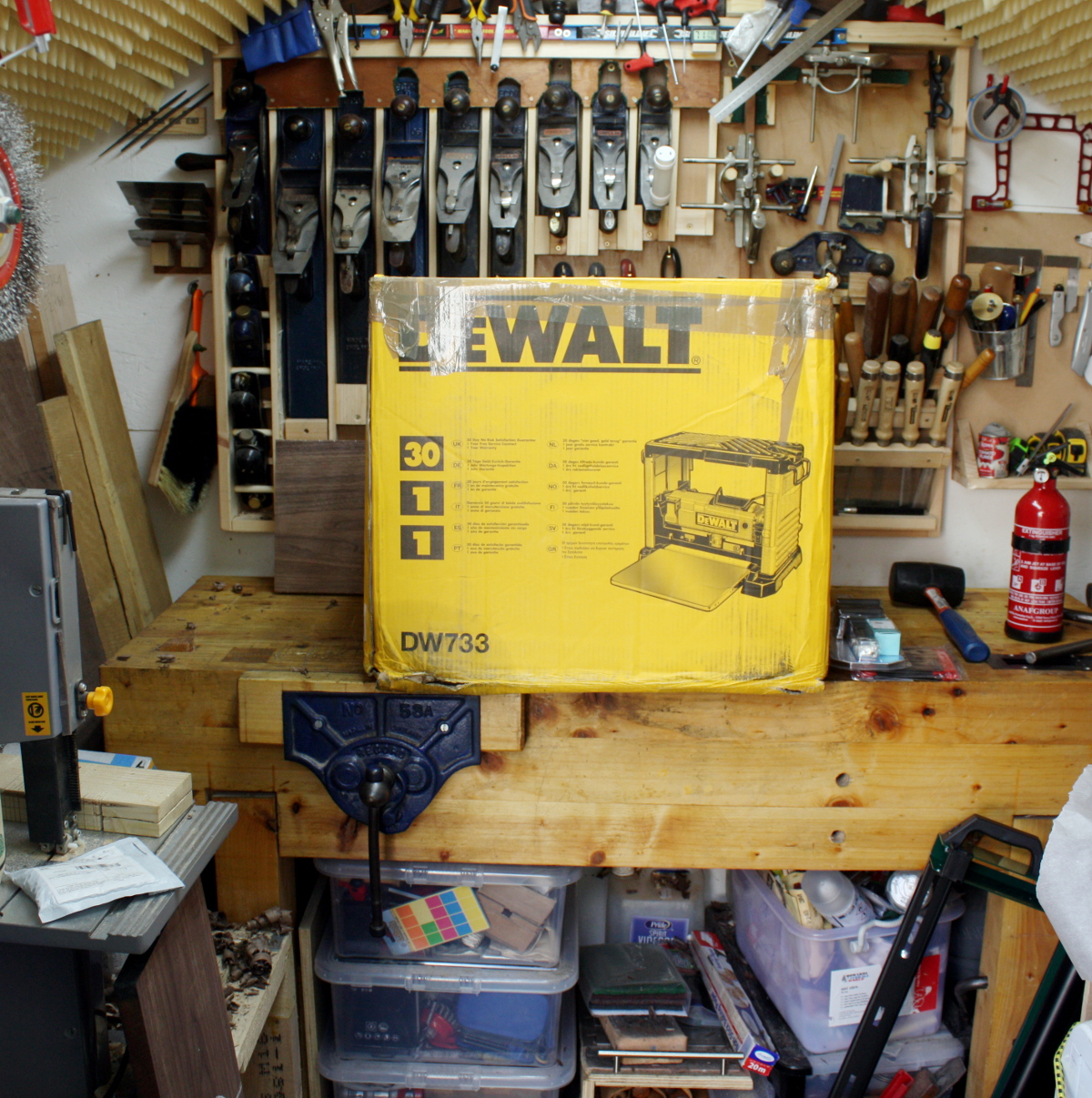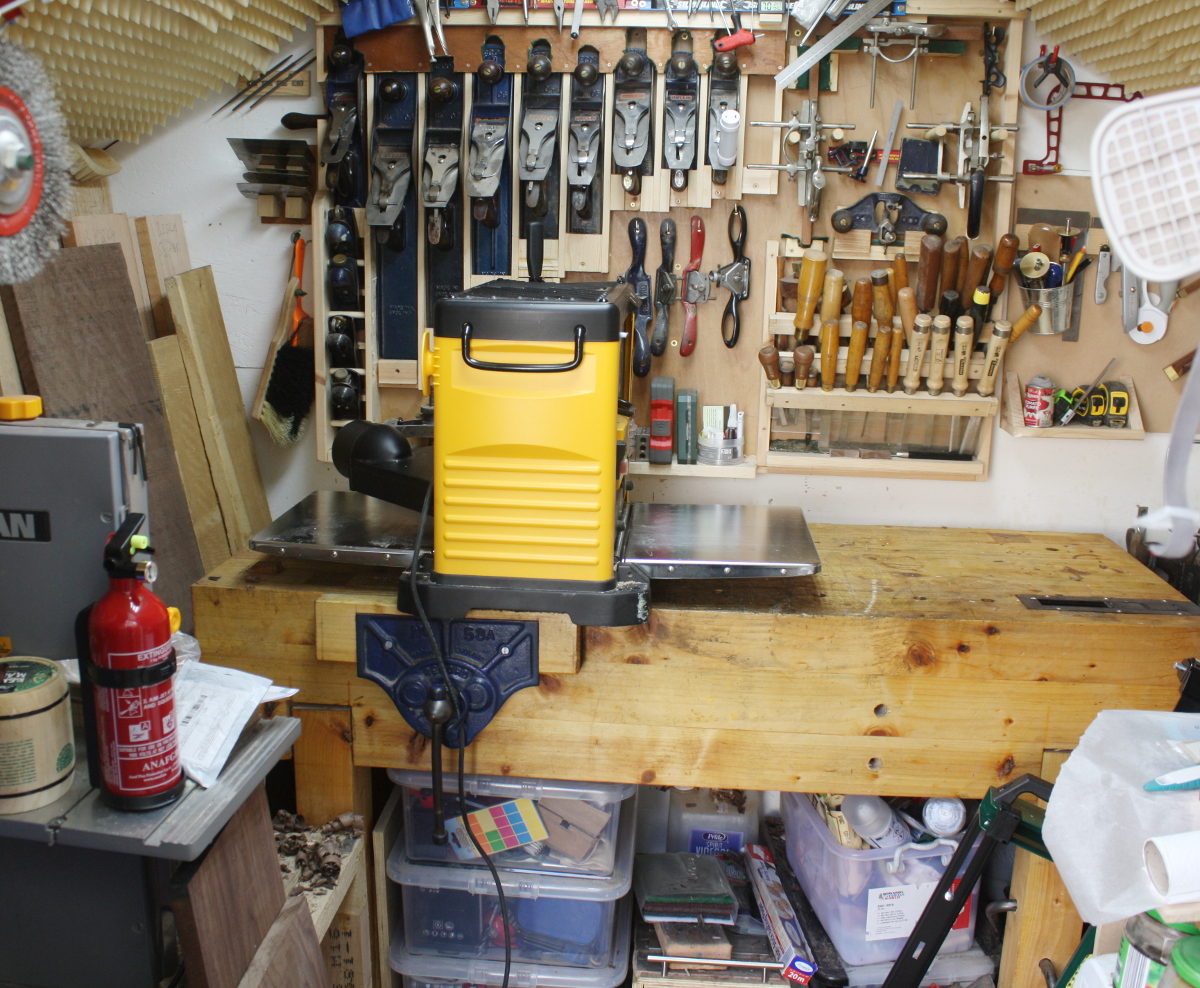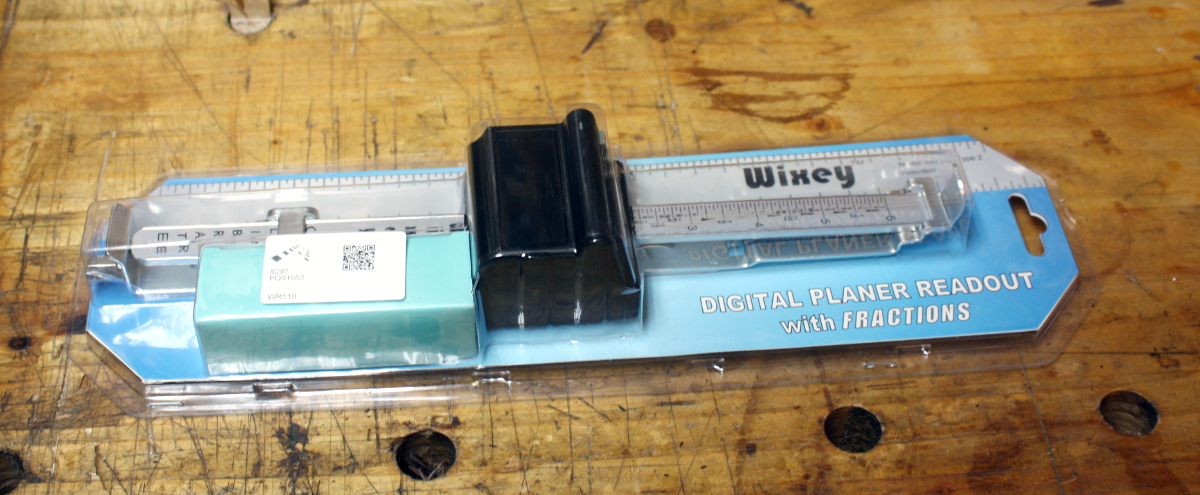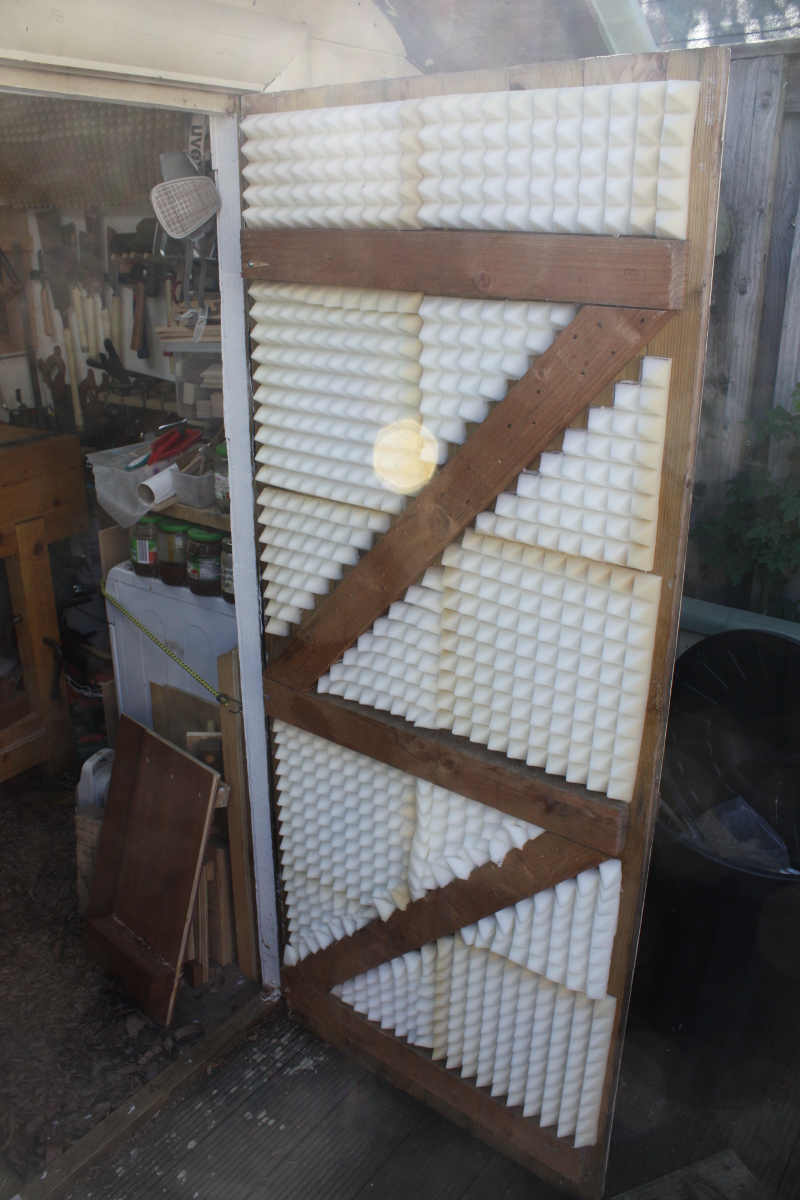MarkDennehy
Established Member
Mostly for me it's guys like Richard Maguire and Paul Sellers (both of whose stuff I buy), with occasional relaxation with the woodwright's shop, and some nice specialised stuff from the likes of Peter Follansbee, Matthew Bickford and Steve Latta (I'll second-guess and moan all day about spending money on tools, but dropping money on education like it was going out of fashion is a pretty strong family tradition and instructional videos count as education).Ttrees":2oobypfj said:I suggest watching someone work with a flat bench, and not taking the advice of folks who use a planer/ thicknesser to do the work for them.
This will omit over 90 percent of Youtubers!.
Hey, if I could resaw it I would, but I don't have a large enough bandsaw or room for a full throw of my bow saw (and forget a roubo frame saw, it'd be longer than my bench). So right now, it's getting chipped up by hand one swipe at a time anyway...You work with nice expensive timbers, so there's no reason to be chipping it up.
Oh, flattening isn't a problem, I do that all the time, it's fine. It's kindof fun, in a somewhat odd sort of way, but hey, it's harmless fun.And lastly if you did want a thicknesser, you would use it after you have jointed one edge accurately
Thicknessing on the other hand...










